For sailors aiming to get the most out of their boat, understanding how and when to use the traveler can be the key to unlocking smooth performance and better control. The traveler—a sliding track typically located near the helm or in front of the cockpit—lets you adjust the position of the mainsheet’s attachment point, effectively altering the sail’s angle of attack without changing its shape.
So, when should you use the traveler to trim the mainsail? Let’s explore the most common ...and most effective... scenarios.
1. Sailing Upwind: Traveler Up for Power
When you're close-hauled or sailing upwind, you want a tight leech (trailing edge of the sail) and a flat sail for pointing high into the wind. In this situation:
-
Use the traveler to bring the boom closer to centerline without over-sheeting the mainsheet.
-
This keeps the sail's twist under control and maintains a powerful yet efficient shape.
Best Practice: Pull the traveler car to windward to center the boom, while easing the mainsheet just enough to maintain a slight twist. This gives power and lift for upwind performance.
2. In Gusty Conditions: Depower with Traveler Down
When wind conditions are variable or gusty, the traveler becomes your best friend:
-
Ease the traveler down (leeward) in a gust instead of easing the mainsheet.
-
This decreases the angle of attack and spills excess wind from the sail’s top without affecting sail shape.
Best Practice: Keep the mainsheet trimmed for shape and use the traveler to fine-tune power. It's a faster, more precise way to manage changing conditions.
3. Reaching: Traveler Center to Slightly Leeward
On a beam or broad reach, the boom will naturally swing out, but you still want to optimize airflow:
-
Use the traveler to center or slightly lower the boom depending on wind strength and sea state.
-
This keeps the sail drawing well and minimizes excessive heeling.
Best Practice: Combine traveler adjustment with slight mainsheet trimming to balance speed and control.
4. Downwind: Traveler Less Critical
When sailing downwind, the traveler’s role diminishes:
-
The boom is typically eased far out, and sail shape is more influenced by mainsheet and vang.
-
The traveler can remain near center or slightly leeward, but it’s not your primary trim tool at this point.
Wrap Up
Using the traveler effectively is about balance and control. While the mainsheet changes both angle and shape, the traveler allows you to adjust only the angle of attack ...making it a precise instrument for refining performance. Next time you're under sail, experiment with your traveler in different conditions. You’ll find that this simple control can have a profound impact on your boat’s speed, balance, and feel.


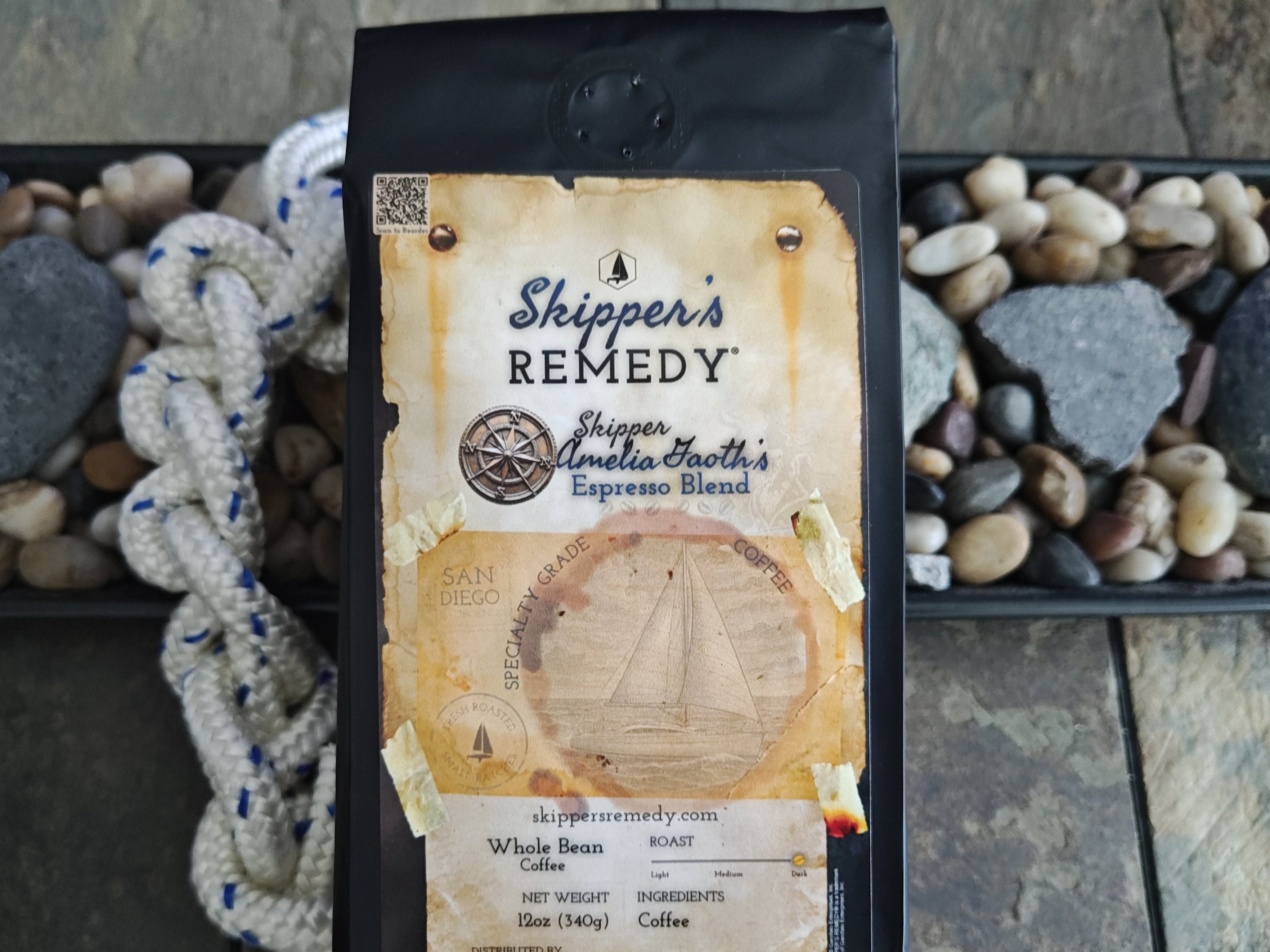

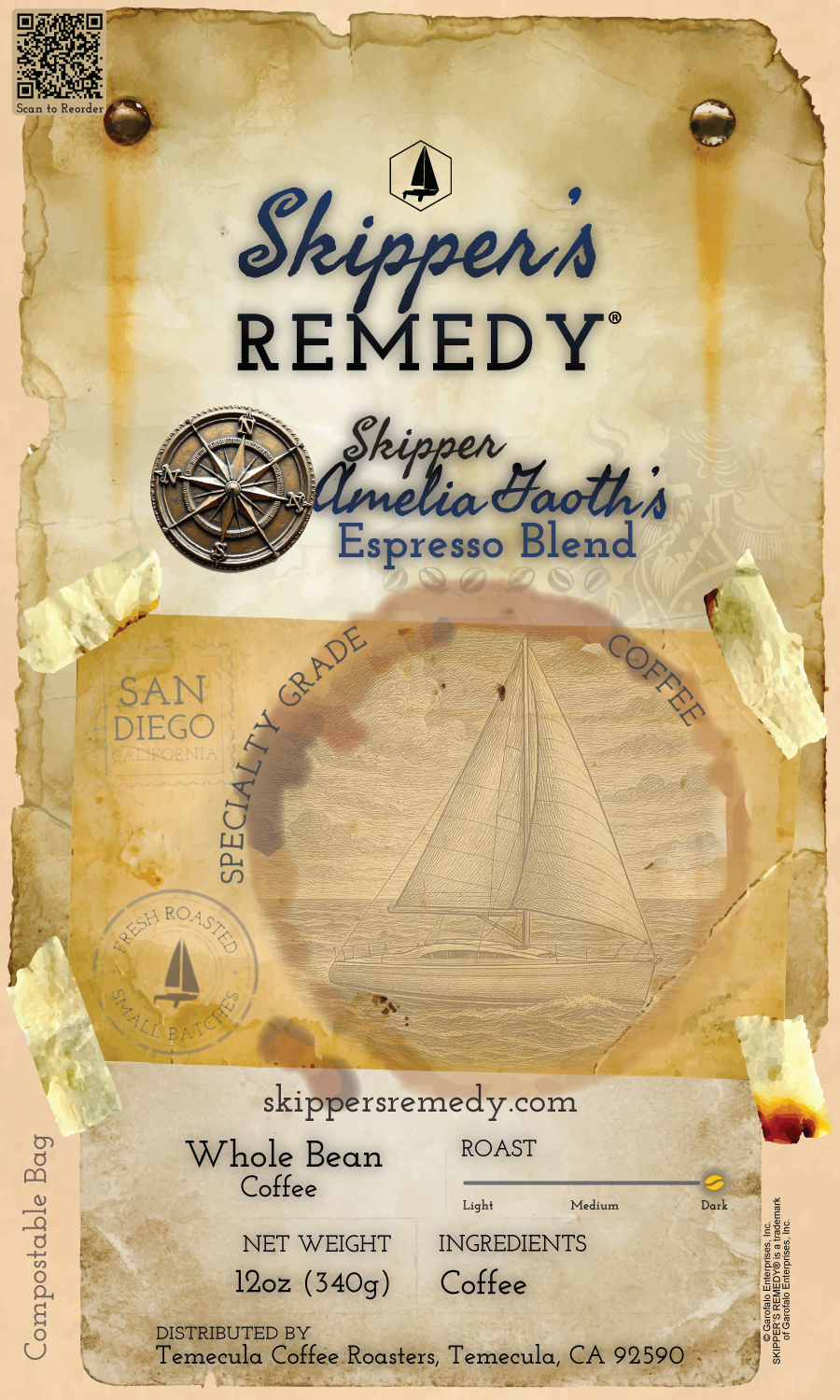

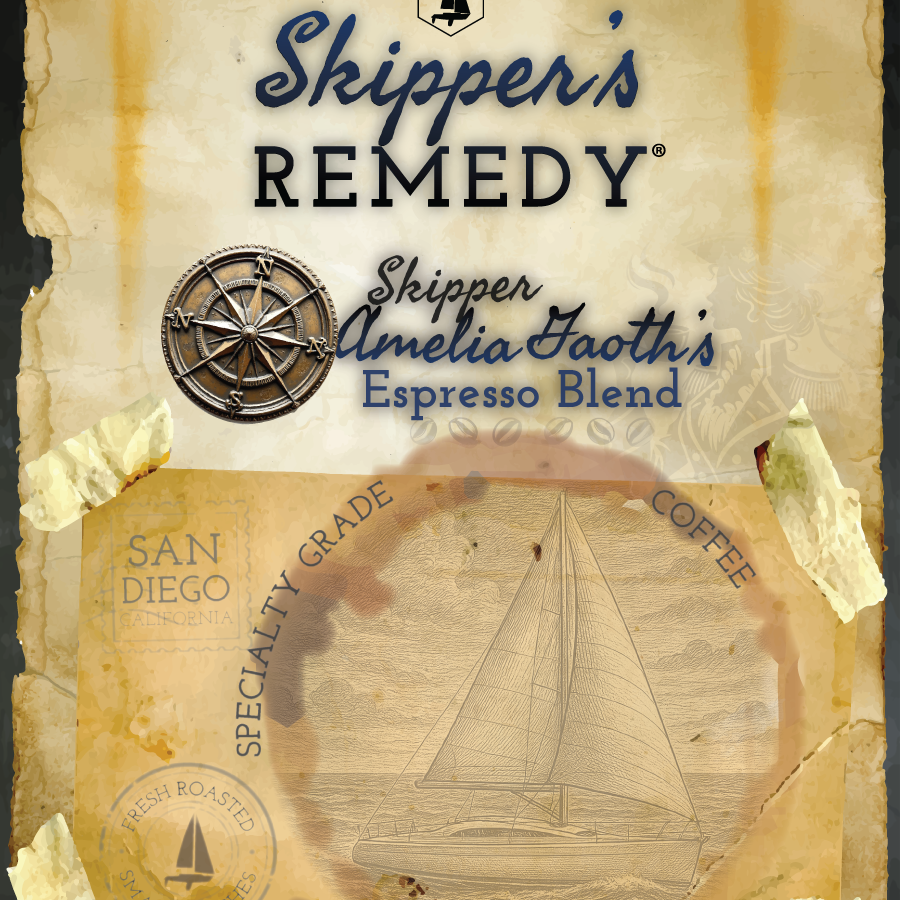
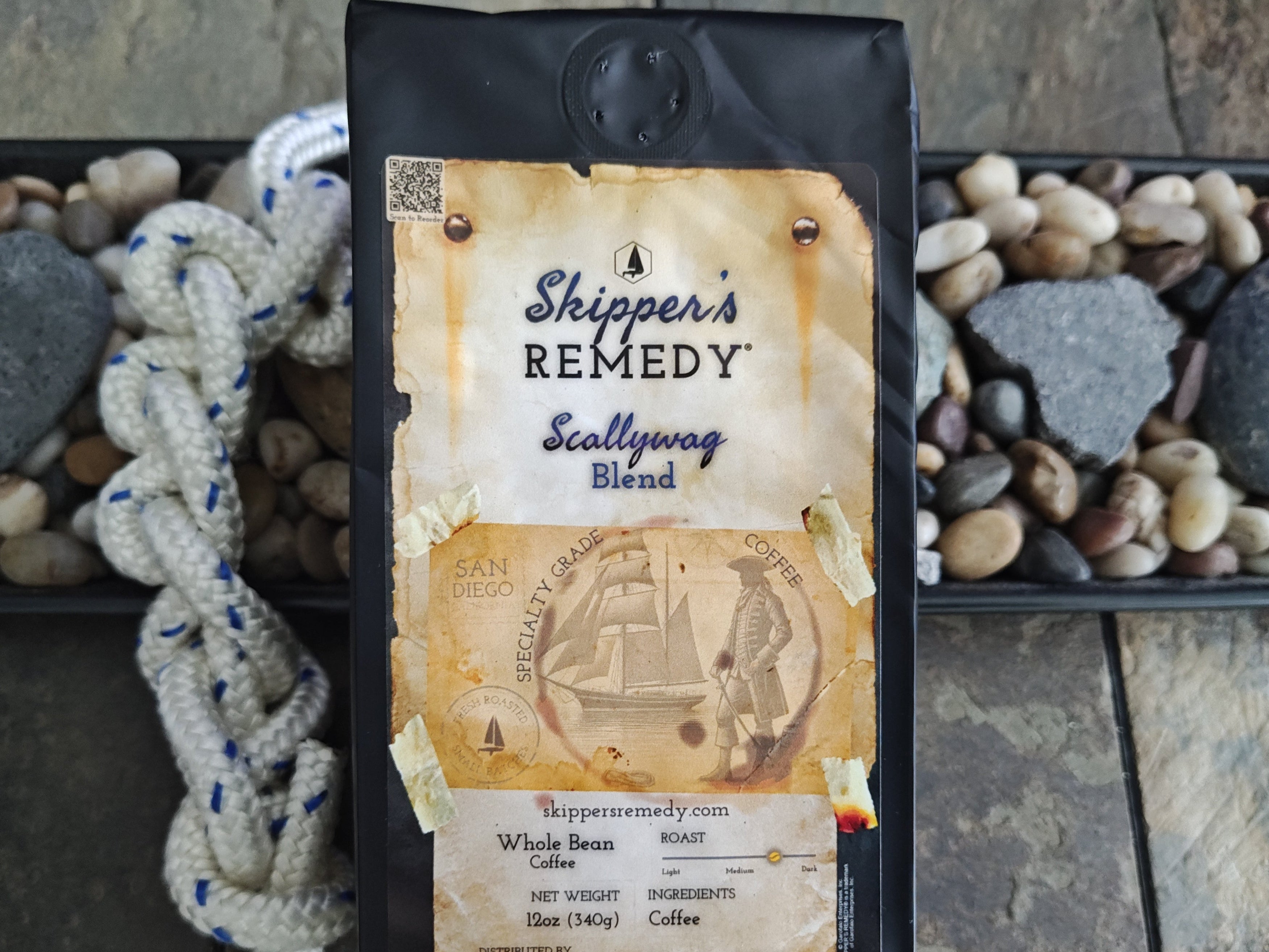

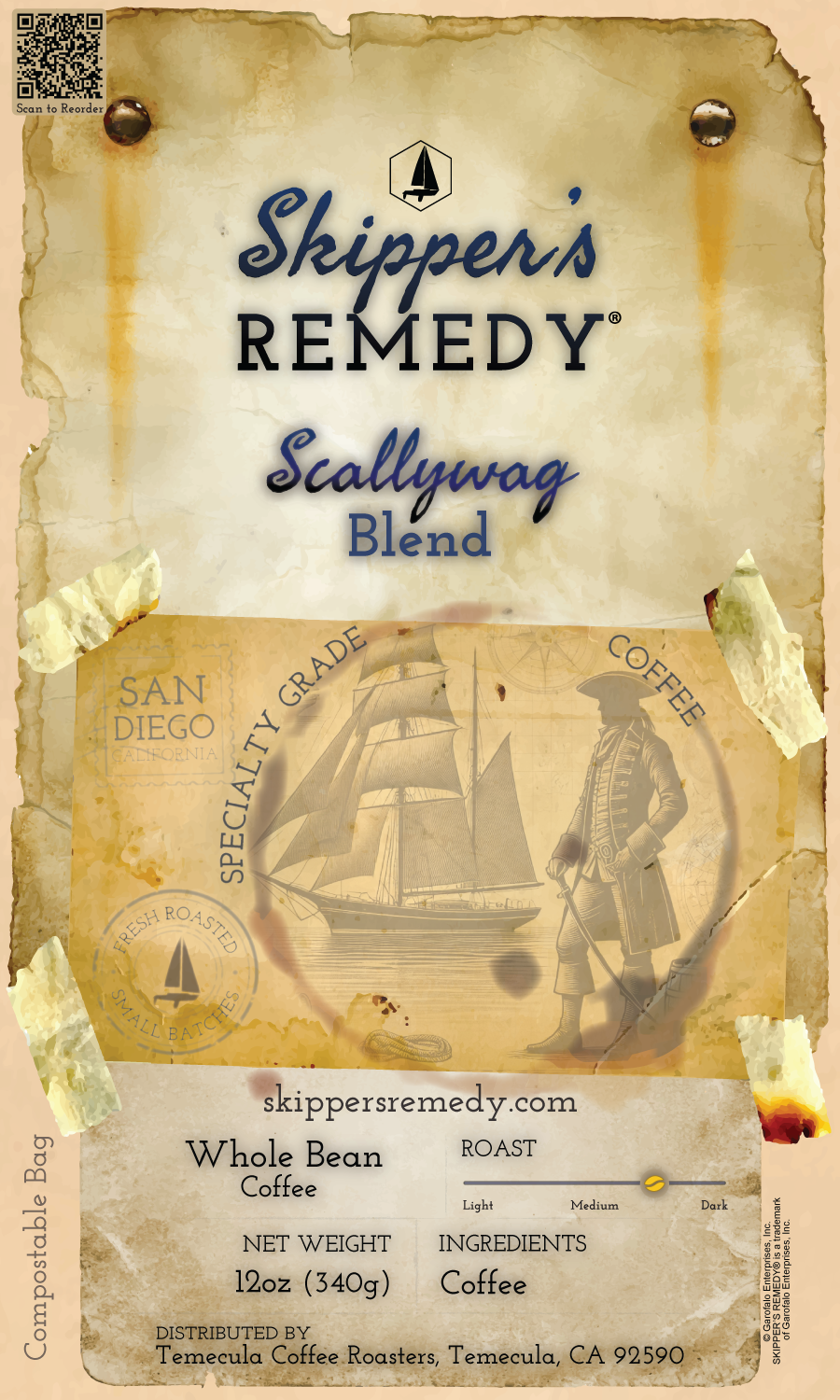
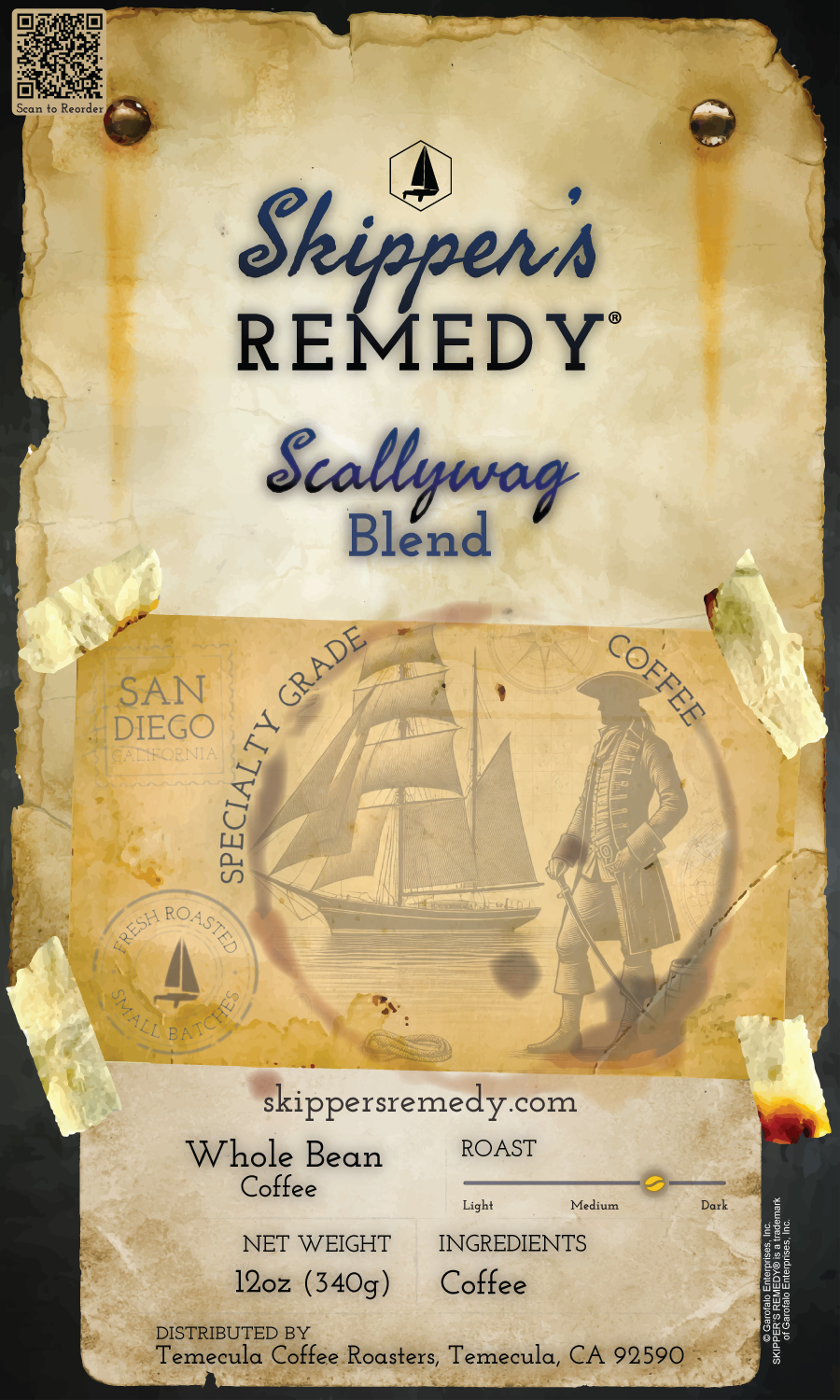
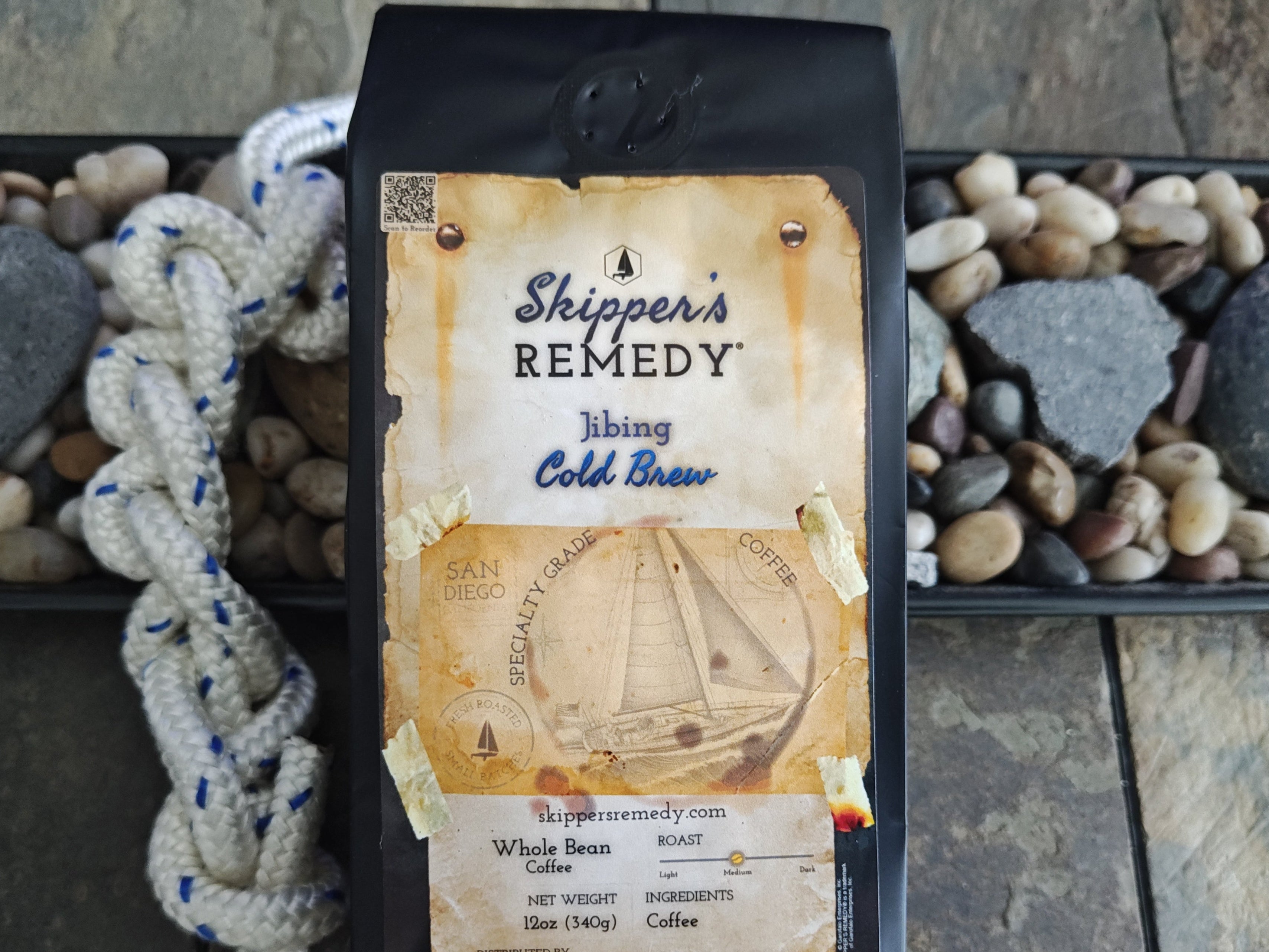
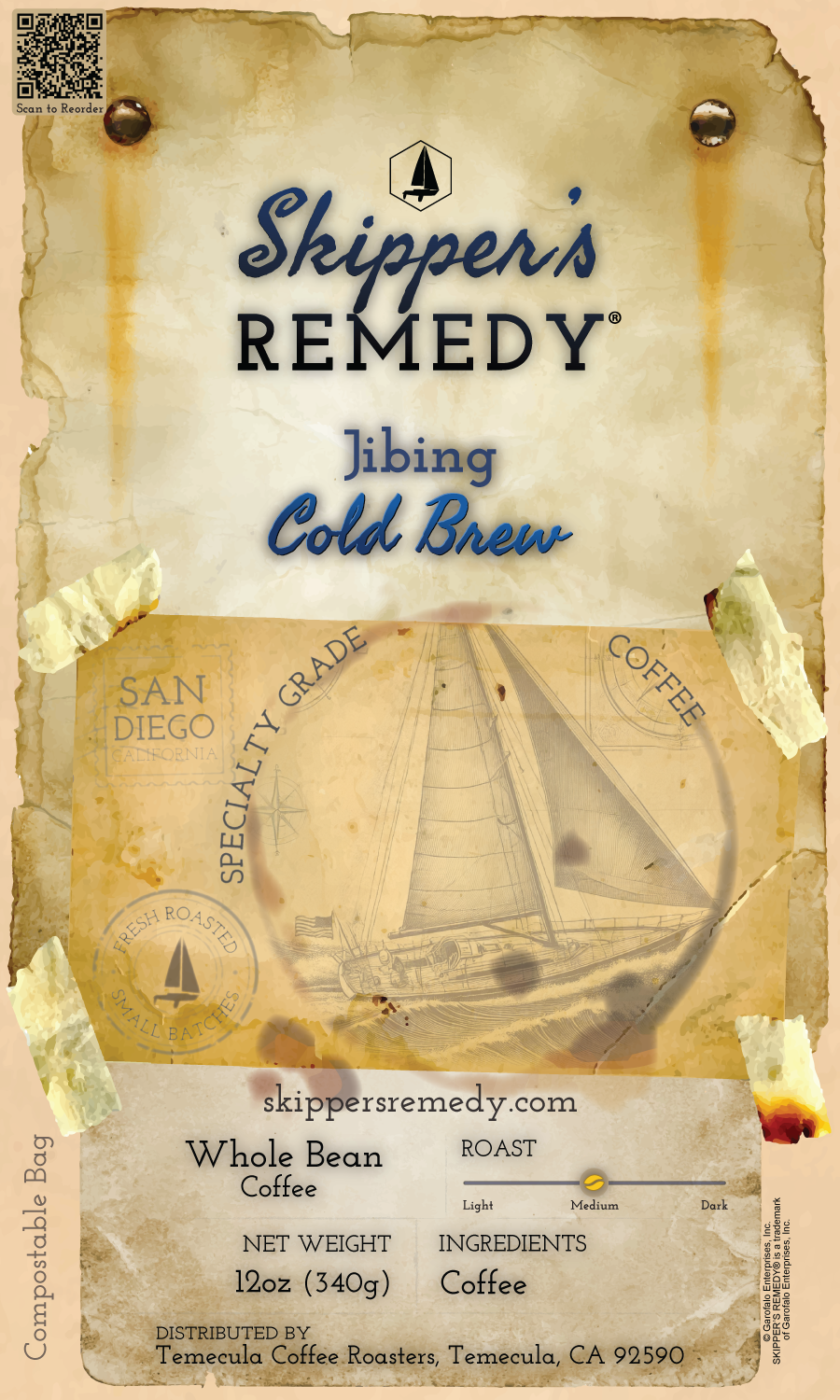
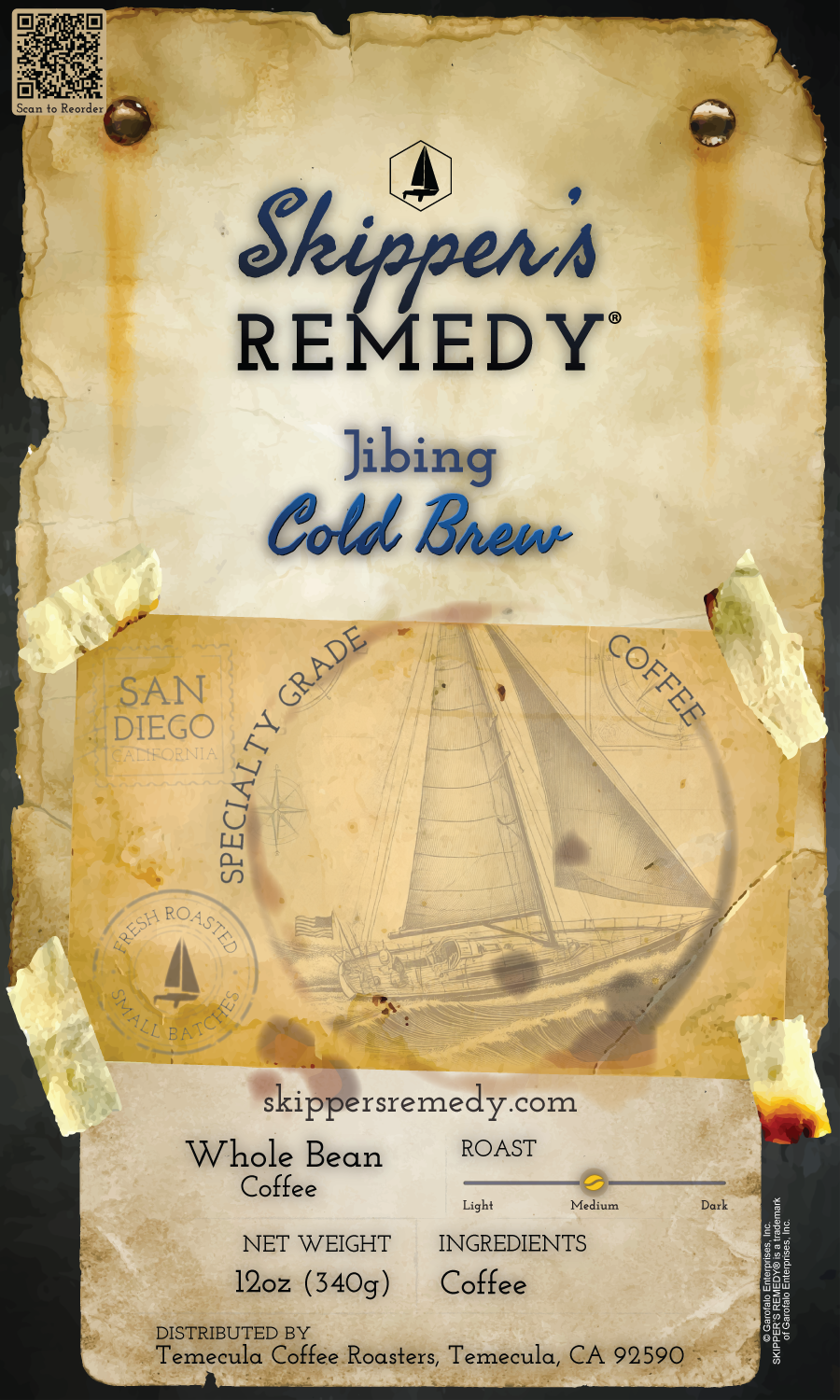
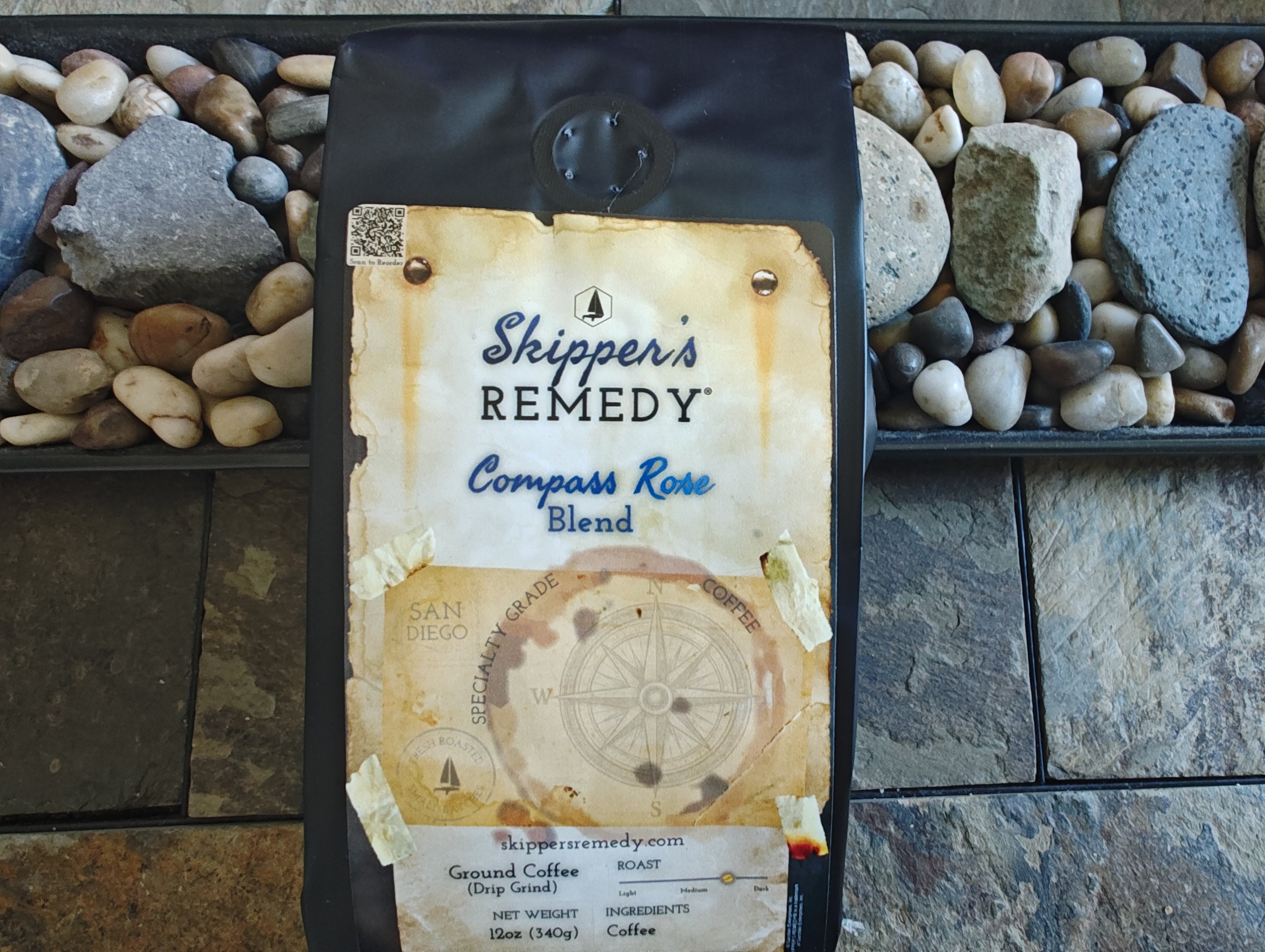
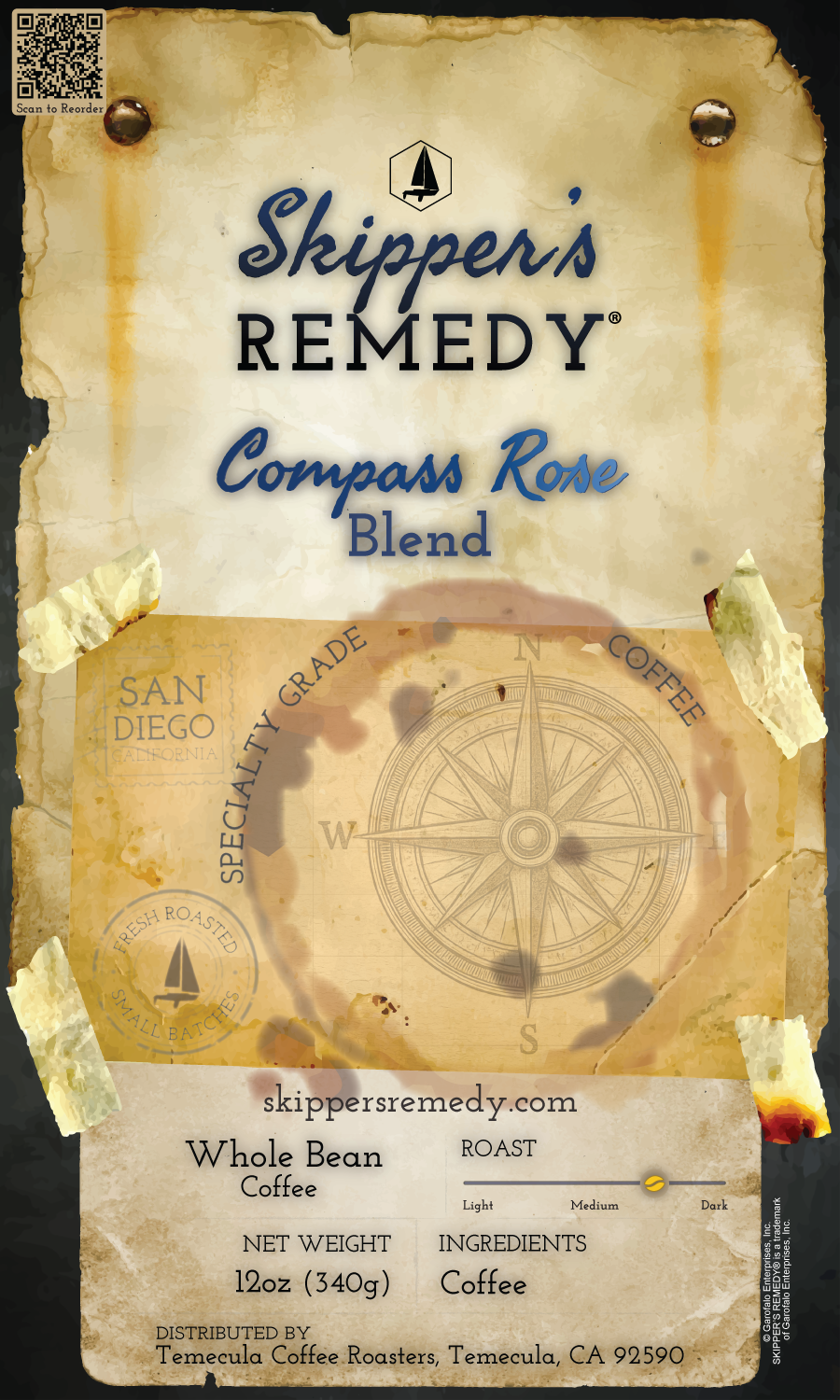
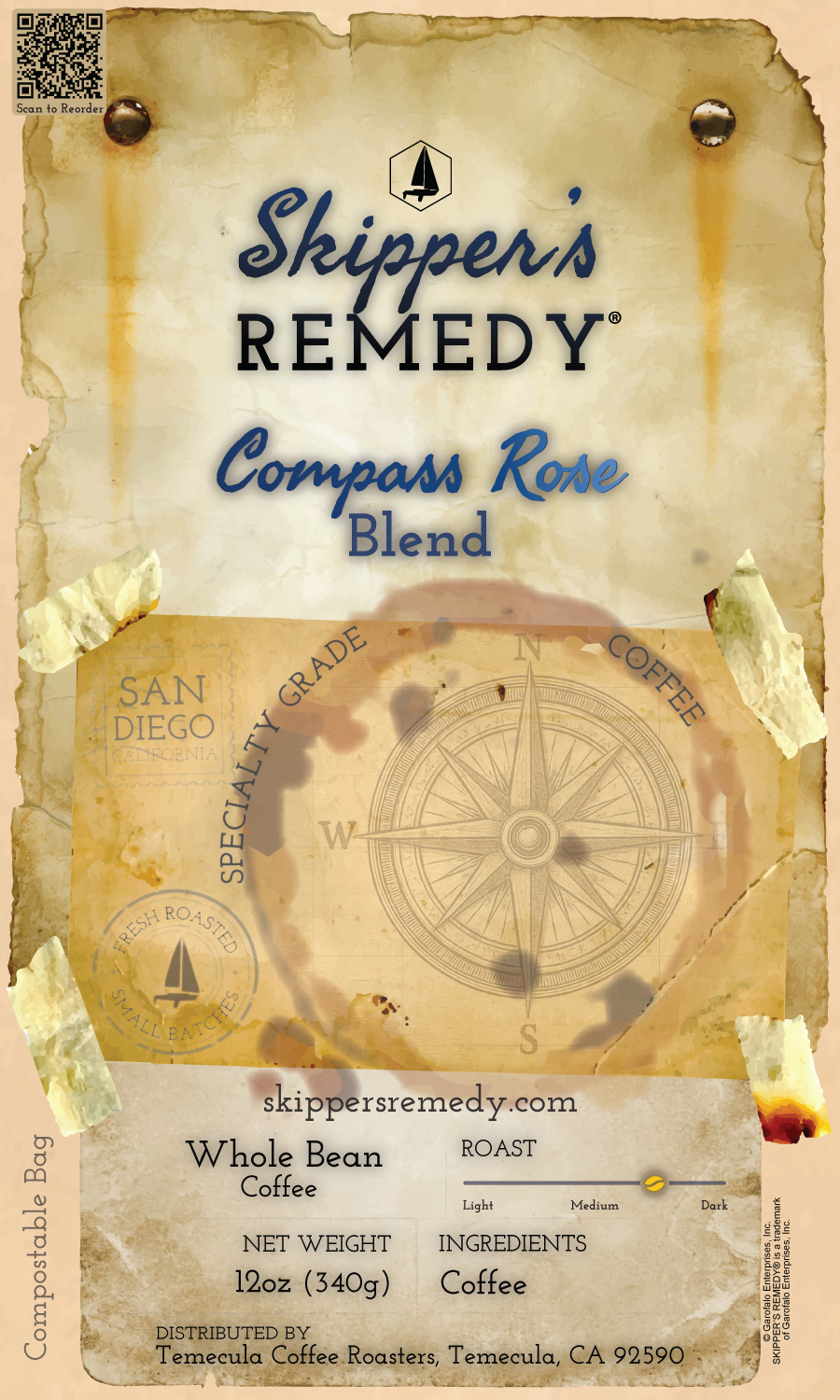





0 comments